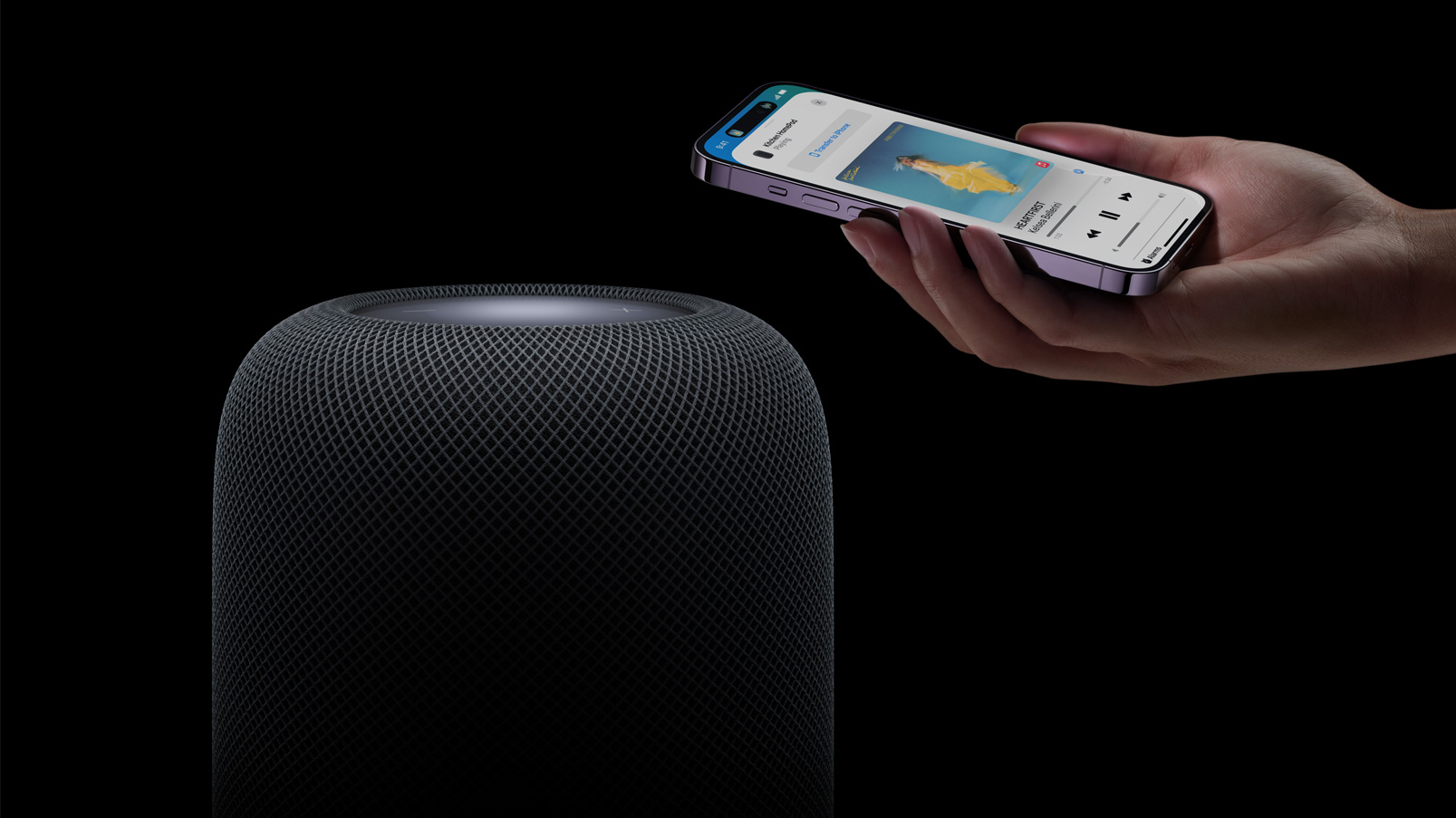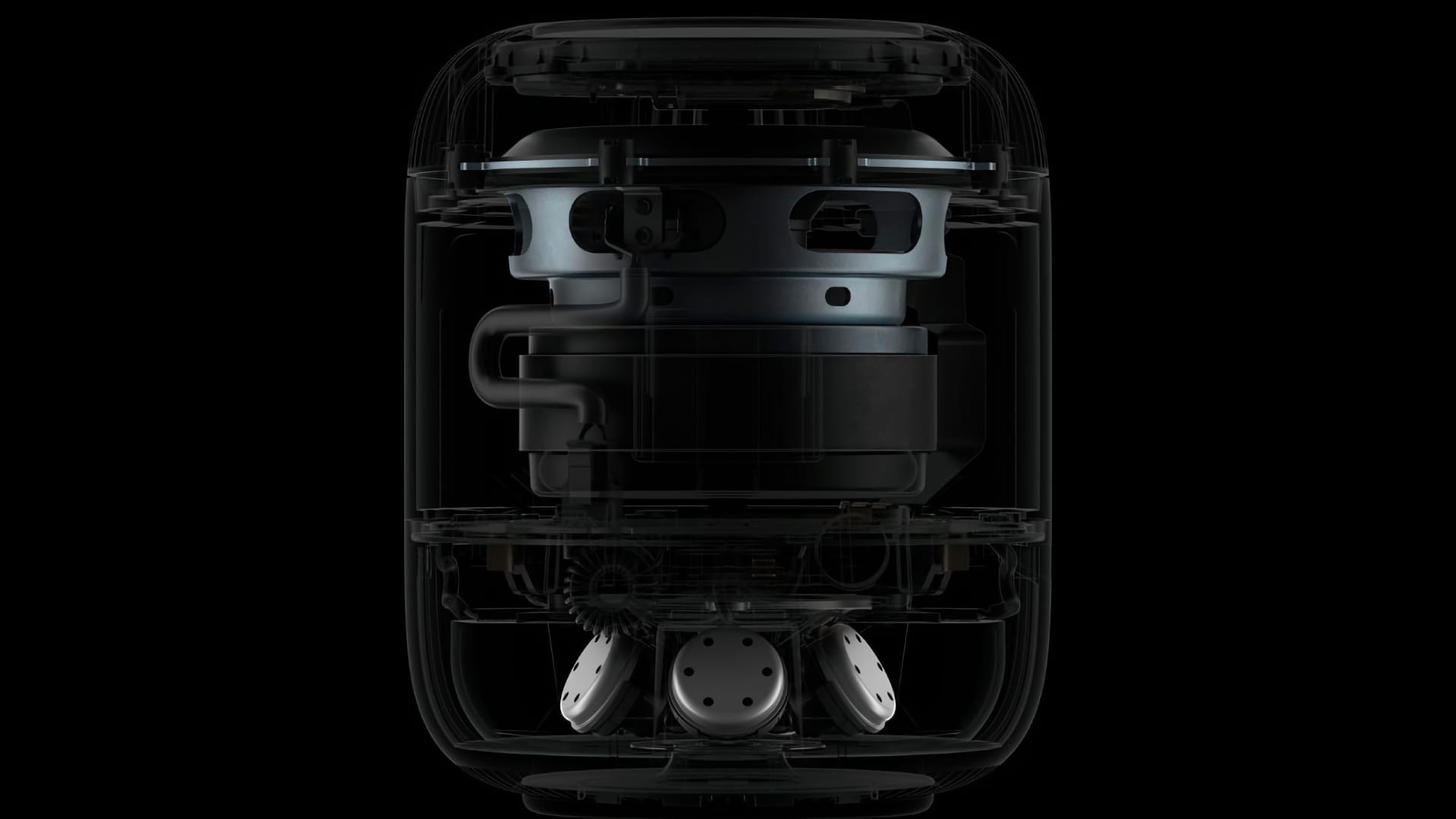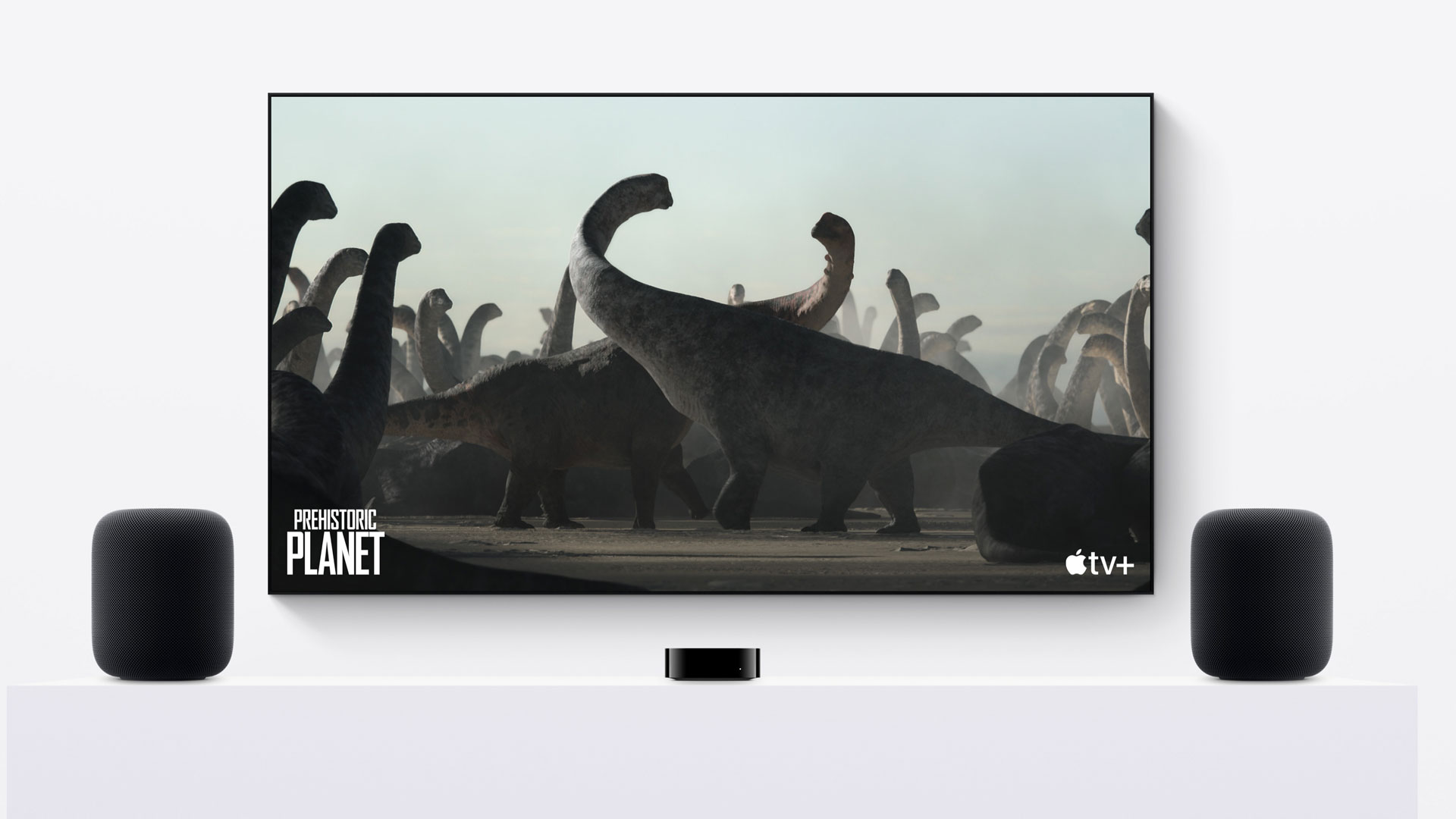Listen, I would go to more concerts if it wasn’t for the expense, crowds, and rigamarole involved with getting to the venue. Now, though, after an all-too-brief listening session with the new Apple HomePod 2, maybe I don’t need to go anywhere. The music experience is that good.
For as much as Apple’s brand new HomePod 2 looks like its predecessor, it’s really quite different. After Apple’s surprise launch, I took a look at photos of the new audio components versus the old. Basically, everything is different.
Inside the new HomePod 2 is a high-excursion woofer with a custom amplifier, five tweeters (each paired with a custom amplifier), and a far-field array of four microphones. There’s even a sensor that monitors how the system is running (including its internal temperature) to work out if it can crank up the power even further…
Inside the original HomePod vs the 2nd Gen HomePod.Looks like a cleaner construction and some repositioning of audio components like, for instance, the tweet array. pic.twitter.com/FdsUgqfnkSJanuary 18, 2023
Yes, that’s two fewer tweeters than the original HomePod, but this is new hardware, and the tweeters are all tilted up to avoid any audio getting distorted by reflections from whatever surface the speaker is sitting on.
The mesh fabric is more or less the same as the last HomePod, though it’s made from recyclable materials and is designed to have zero muffling impact on audio.
These are all things you can learn by reading the publicly available spec page on the new audio hardware. But, after my listening experience, I think nothing can entirely prepare you for the HomePod 2’s exquisite audio quality.
Because of the HomePod 2’s design, you could expect 360-degree audio, but that simplistic term is misleading. Based on my listening experience, the HomePod 2 uses its wrap-around audio skills, and the technology backing it, to create an impressive, and immersive, audio landscape.

We started with a song called Everybody by Ingrid Michaelson. I sat maybe eight feet away from the speakers in a high-ceiling, mid-sized living room. It’s a beautiful tune, with Michealeson’s clear, bright, plaintive voice front and center. What I noticed immediately is, from a single HomePod 2, the excellent separation of acoustic instruments and her voice. I could clearly pick out a tambourine, guitar, and drum kit as distinct elements in the air. I wish I could’ve listened to the entire song, Michealeson’s voice is kind of magical.
Next up was the funky Six or Seven More by Cool Sounds. With this, I got a chance to experience the surprisingly powerful, rich, and warm bass. What I noticed is how even with a solid base beat, the music was never muddy. The HomePod 2 gave me a sense of where the original instruments might’ve been during the recording session.
Part of the HomePod 2 musical skills can be credited to the S7 chip (yes, the same as is in the Apple Watch 7) and the application of Advanced Computational Audio. The HomePod 2 is essentially listening to itself and making on-the-fly adjustments to improve audio quality, just like the first one did – but now with more computational power.
The HomePod 2 was adept at delivering aural clarity at everything from 30% to 90% volume. The 90% was loud but not in a bad way. It was a moment where I thought I’d walked into a dive bar to hear a really awesome indie band.

One of the interesting things about the new HomePod 2 is its spatial awareness. As I listened to music from a single and then stereo pair of HomePod 2 devices, I noticed how the sounds often didn’t seem to be coming directly from the HomePods (thanks Spatial Audio!). Some were coming from the left, others from the right, and some (usually, but not always, vocals) from dead center. The most interesting sounds though, were the ones that almost seemed to wash over me; they were bouncing off the back wall (maybe a foot away from the HomePod 2) and then rising and, I’m guessing here, bouncing from the walls to the ceiling to my ears.
The HomePod’s awareness of the space comes courtesy of all those microphones that can read a room in roughly 20 seconds and adjust the audio to make it fit the space. The HomePod 2 even has an accelerometer so it knows when it’s on the move and, with a new song playing in a new space, will quickly readjust.
Listening to Faith by The Weeknd, I could really hear that soundscape of the electronica building in an area behind the HomePods 2 and then slowly moving forward until the whole aural scene washed over me. And of course, the bass was smooth and moving without ever getting in the way of the bright falsetto vocal.
I really enjoyed listening to Boomerang by Yebba. There are so many distinct acoustic instruments that you can pick out, right down to human hands slapping a drum.

A pair of HomePod 2 speakers was even more impressive.
Mystery Lady by Masego and Don Toliver sounded as if it was coming from behind and in front of me. The sound stage was so wide and deep that it didn’t matter where I stood in the room. This is not to say that dead center in front of the speakers was not the optimal aural experience. It was, but I was just as happy to face away or stand in a corner and listen.
A live recording of The Eagles' Hotel California highlighted the speaker’s ability to elevate individual instruments in the intro. I anxiously waited for Don Henley to start singing, not realizing the preamble extends almost a solid minute into the song. [Note from our Audio Editor: "Ah, first time?"] The left and right separation on the song and the HomePod 2 stereo pair’s ability to place the audience's applause and reaction off to the side made it sound and feel like a real live performance.
Taken in the vacuum of this small experience, the new HomePod 2 offers impressive audio chops for a $299 / £299 / AU$479 smart speaker. That’s right, I said smart speaker, because there is so much more than the HomePod 2 can do, but if you want it for nothing more than some of the best music listening to you’ve had in a while, it’s probably worth checking out and the HomePod 2 could be headed to our list of best smart speakers.
Comments